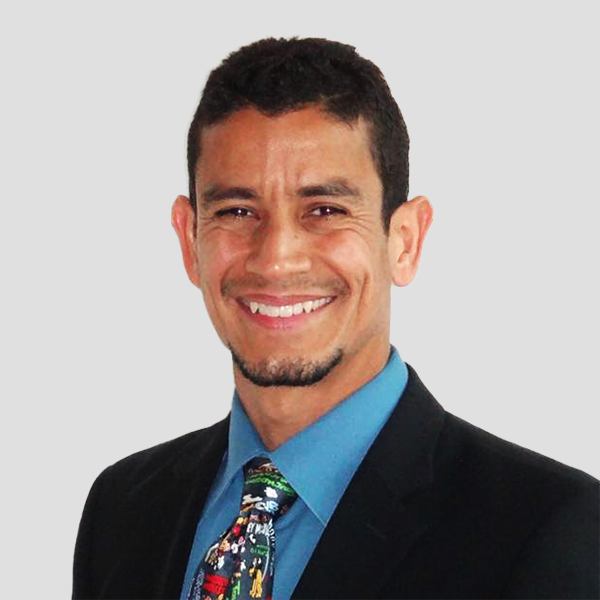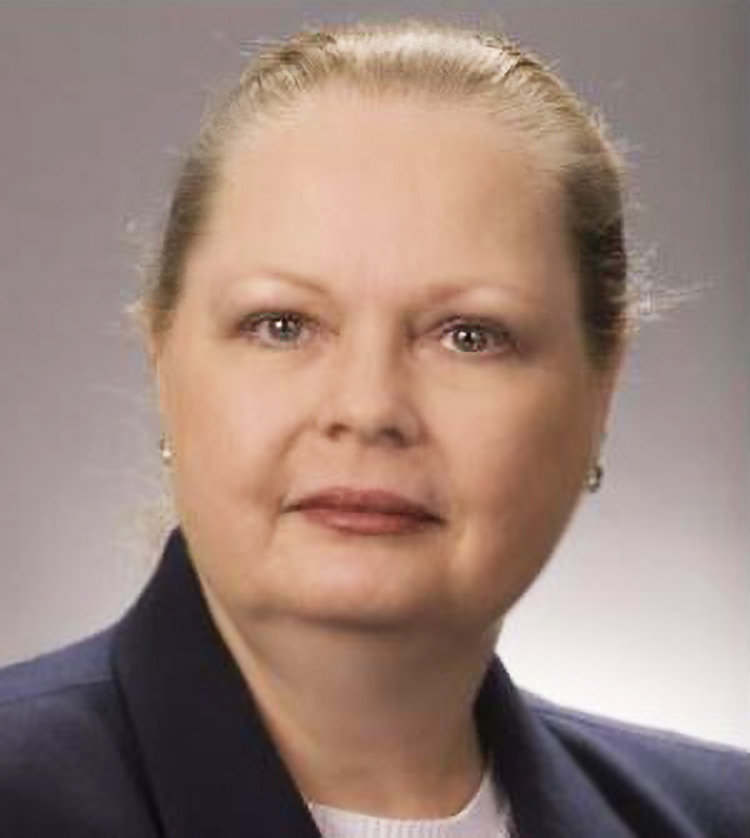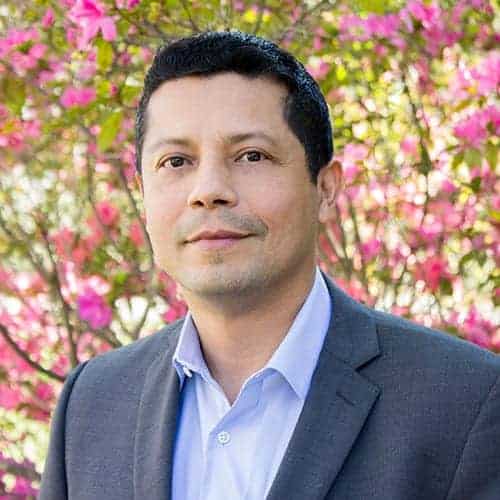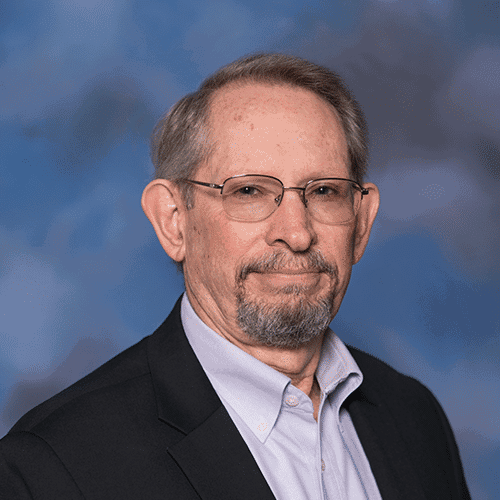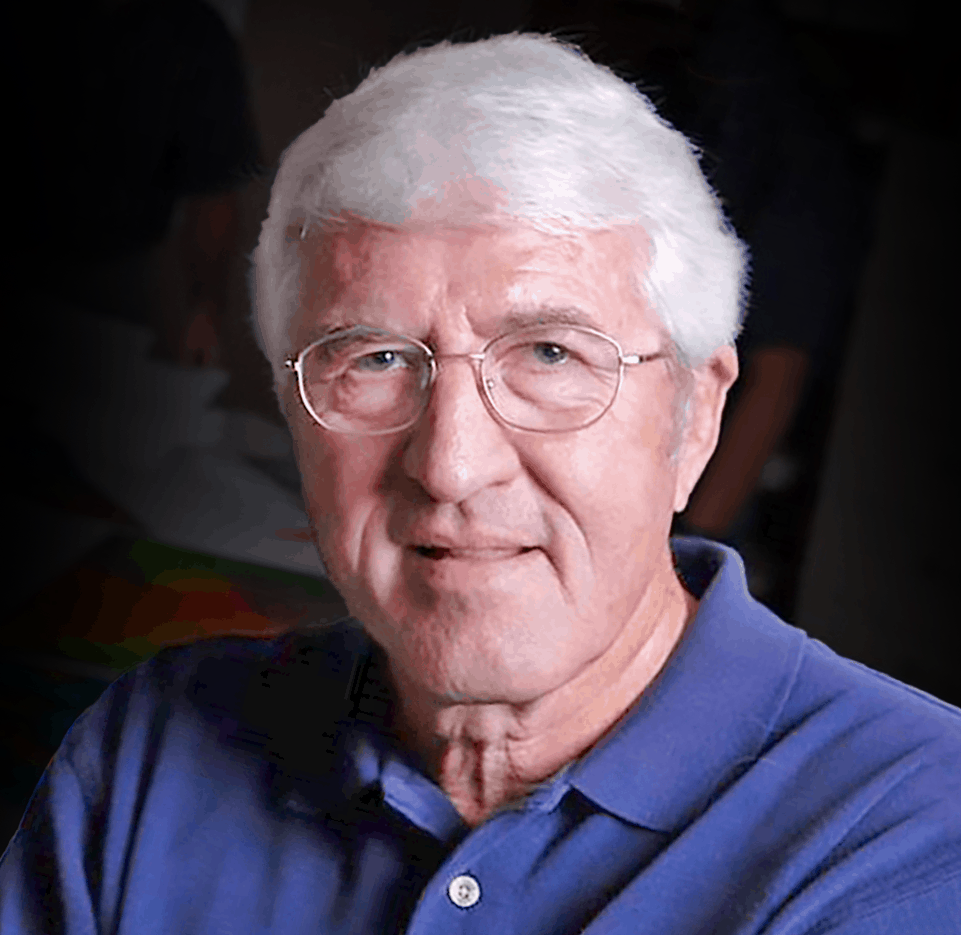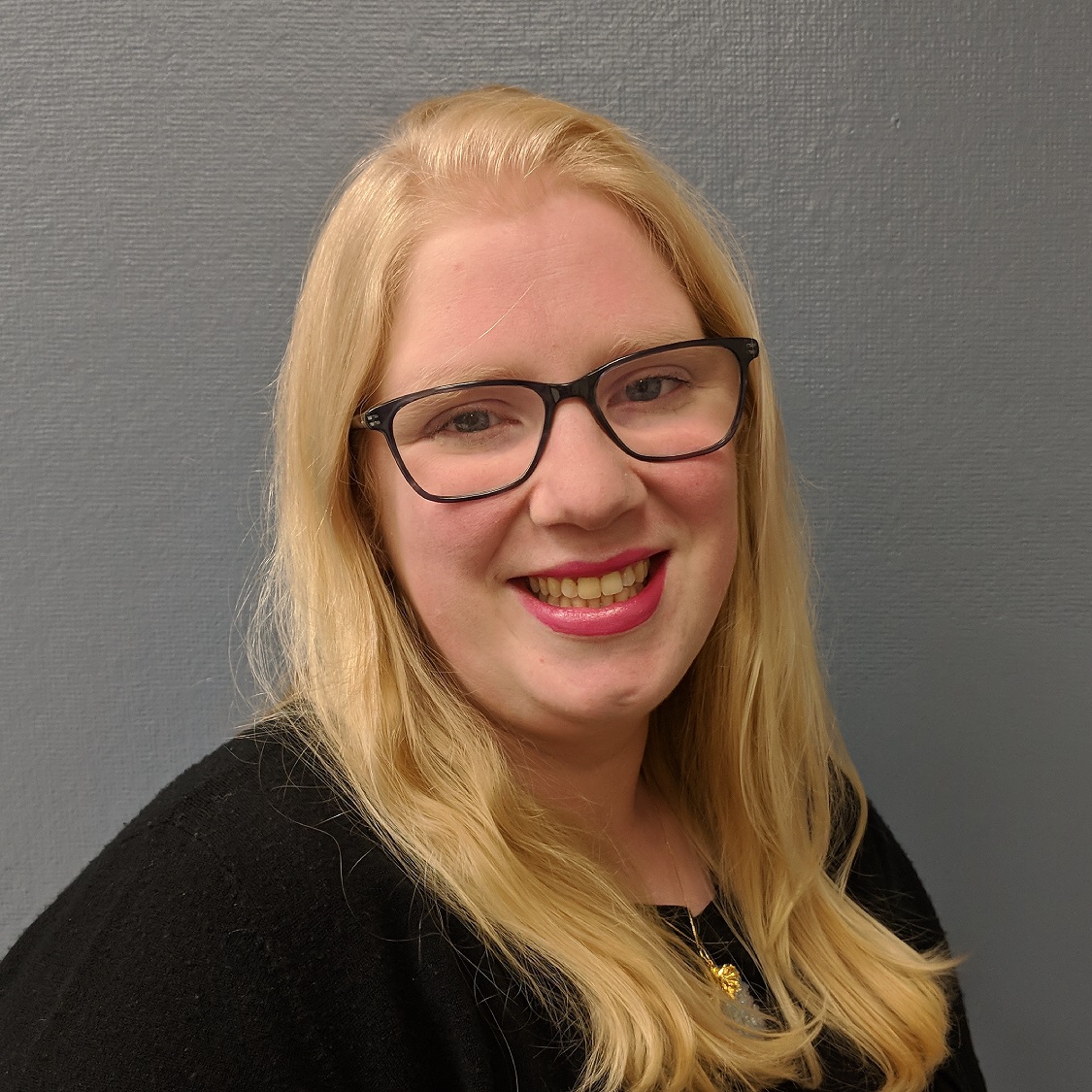Rocky Roden & Alvaro Chaveste, Geophysical Insights | Webinar | 20 September 2023
Introduction
Alvaro Chaveste and Rocky Roden presented a new Machine Learning (ML) methodology for Reservoir Characterization that is done at a fraction of the time compared to seismic inversion. The ML methodology is based on computing Self Organized Maps (SOM), an unsupervised form of ML, and cross-referencing the ML output to lithofacies from petrophysical logs. The methodology, tested using synthetic seismic data and applied to the U.S. Niobrara formation, defines the lithofacies of interest at high resolution.
Abstract Details
Inversion-based reservoir characterization computes rock properties (i.e., P- and S-wave Impedance and density) through seismic inversion. The desired reservoir properties (porosity, lithology, and fluids) are obtained through petrophysical inversion that relates rock properties to reservoir properties through rock physics models.
Seismic inversion computes the broadband reflectivity from seismic and complements it with a low-frequency model obtained, usually, from seismic velocities. Meeting these requirements implies that data should match physical models and have accurate seismic velocities. Great challenges are encountered by processors and interpreters who often fail to fully meet these conditions, which results in uncertainties in the Rock Properties computed from seismic.
Ideally, reservoir properties would be computed from rock properties through petrophysical inversion; nevertheless, the forward rock physics models that relate rock properties to reservoir properties are non-linear and mathematically complex. A common practice to circumvent these inconveniences has been to select, in cross-plots of rock properties, areas (volumes in 3D cross-plots) that correspond to target reservoir properties.
Fortunately, the alternative ML approach to reservoir characterization is not deterministic and does not require data to match physical models. Rather, it relies on the SOM process, which takes any number of seismic attributes and clusters them in multidimensional space, thus eliminating the dimensionality roadblock. SOMs of a small number of input attributes (three Rock Properties, for example) parameterized to create a low number of clusters (neurons) would mimic the work done by an interpreter when identifying, in rock properties cross-plots, areas corresponding to target reservoir properties.
The neurons generated by SOM have some of the characteristics of inverted data; that is, they map intervals, not interfaces, and show the effect of having the seismic wavelet removed. Additionally, the process computes a neuron per sample, which provides interpretable data below the wavelet’s limit of resolution.
SOM results in a numeric label per neuron. The assignment of geologically meaningful labels is done by creating lithofacies from well logs and cross-referencing these to neurons from seismic. In the end, the Interpreter would have a topologic map in which colors (neuron numbers) correspond to lithofacies. Identifying a particular neuron in 3D would show areal locations with a higher probability of correspondence with that lithofacies.
Q&A
Q: How do SOMs provide broad-band interval properties. How is high resolution achieved? How is tuning eliminated in this process? What is the physics that underpins this Inversion. What happens in areas where lithologies are heterogeneous away from the wells?
Alvaro: Let’s start with the question, what are the processes that increase the resolution and that convert the SOM into interval properties? That’s at the core of the SOM computation. Several attributes are used in estimating neurons from SOM. Some of the attributes may not be related to reflectivity (textural attributes, for example), or may be functions of instantaneous attributes in which the wavelet is not within the attribute and are not reflectivity attributes (envelope, instantaneous phase, and instantaneous frequency, for example). These attributes are then statistically combined in multi-dimensional space to form neurons.
The other question: how do we get the resolution that we get? When we do clustering, we compute the neurons sample by sample; that is, we take the same time (or depth) sample for all attributes, creating one neuron per sample. This results in interpretable data within the wavelet’s limit of resolution – remember that some of the attributes do not have a wavelet associated to them.
Q: Can we use this for fractured reservoirs too? If yes kindly elaborate.
Alvaro: Yes. Attributes from Multi-azimuth seismic can be computed and used as input to SOM. Neurons would then be cross-referenced to anisotropy properties from well logs. Alternatively, logs that provide a measure of fracturability (rigidity or brittleness index, for example) can be used to compute facies, these would then be used to do the SOM-Facies correlation. In this case the “Facies” would represent a measure of fracturability.
Rocky: I would just add to what Alvaro just said, is that if you’re looking at fractures and at fault and fracture systems, you may want to use a different set of attributes, for example curvature, coherency, or similarity, from, the sort of attributes that are amenable to fault and fracture systems. I think that the strength of that approach is that various attributes are good for different sorts of geological features that you’re trying to identify.
Q: Can you briefly mention the significant attributes highlighted by the PCA which were used to generate the SOMs? Can you mention the QC steps used to accept/reject relevant attributes? Would you always use full offset seismic?
Alvaro: Principal Component Analysis (PCA) is used to select relevant attributes going into SOM; nevertheless, the sensitivity of seismic data to changes in the reservoir properties of interest should be considered. Take, for example, the synthetic dataset presented as Proof of Concept (PoC). In this case we know that the reservoir consisted of gas sands, and we know far offset data is sensitive to fluids’ content; hence we computed attributes for near-, mid-, and far-offset data and used these as input to SOM. Can you expand on this Rocky?
Rocky: It’s really a very easy process. We use the textbook of analysis. In this case I think there were like 7 or 8 extraneous attributes out of about twenty or twenty-two. They were dominant in the data and that’s how Alvaro got those attributes he used in the SOMs instances. We do this routinely. It is very clear that we can define the attributes that are prominent in the data sets that you are looking at. That’s how we determine to a large degree the attributes of a SOMs analysis.
Q: Is amplitude used as an attribute or only for pruning the seismic volume?
Alvaro: It depends on the project, but in this one it was not used as an attribute. It was used as a template to remove (prune), from the attributes, samples that were dead in the data used to compute the attributes (parent dataset).
Rocky: In fact, the principal component in our system will define that. We routinely, the amplitude is just an attribute in principal component analysis. If it stands out, we will use it; if it doesn’t, we won’t. It’s just like Alvaro says, it depends.
Q: If you had a pre-stack inversion volume, could it be used in this sort of analysis, i.e., all inversion volumes are absolute?
Alvaro: Yes, inversion (absolute) volumes can be used in the analysis.
Q: Roughly how long does this workflow take to run? For example, on the Niobrara dataset you showed.
Alvaro: This is the first one after the proof of concept and it took roughly four weeks, but we were still fine-tuning the sequence. So, I’d say it could be run in three weeks provided we have all the required data.
Q: If a geological feature is not the dominant feature, then PCA will filter out and we will not be having that information for SOM to work nor classify it.
Alvaro: This is particularly good in those circumstances. I’m going to give an example and I hope it addresses the question. I have previously used inversion where a sand body was deposited on top of basement. The sand is difficult to identify because there is a strong reflection coefficient from the basement, and within that reflection event there is a low amplitude geological event that would be the sand. The SOM in this case, since it works sample by sample, has a better chance of identifying the low amplitude event.
Hal: A follow-up question: Do you see this as a general-purpose approach that works in all geologic settings?
Alvaro: I would say it is more sensitive to changes in reservoir properties than other methods. It also provides interpretable data within the wavelet’s limit of resolution. When a proper neuron-well log tie is done, the technique has a good chance of providing useful reservoir information in most geological settings.
Q: Semi-supervised approach, I believe can outperform SOM, As SOM still need re-mapping with features, which could be biased.
Rocky: SOM is a purely unsupervised machine learning approach, and it doesn’t know anything about the data. That’s why when we run self-organizing maps, when you come up with the results that you have, that can be corroborated with the well control. That’s kind of the reverse of inversion. Inversion requires well control and then you have a set of assumptions that you make trying to convert all this information into acoustic impedance and into reservoir properties. But the issue related to that is that regardless of what you do, even with the absolute most advanced full waveform inversion, which we aren’t quite there yet, you still are computing acoustic impedances. This was actually a point that was brought up in a talk by an Exxon presenter at IMAGE. You still have the non-uniqueness of impedance. It’s density times velocity. How much of that is density? How much of that is velocity? When you’re trying to get reservoir characterization out of that, that’s when the non-uniqueness comes. That is the crux of the issue of not necessarily always getting the exact answer. After a SOM is run, it is just a statistical correlation on how well the neurons relate to reservoir properties.
Q: Do you need to have variogram for spatial distribution of properties?
Alvaro: No. SOM is computed trace-by-trace. We do not need to understand the spatial variability of the data. The assignment of lithofacies to SOM neurons is also done trace by trace.
Q: How many solutions do you get?
Alvaro: Only one SOM result is used. Colormaps for different reservoir properties can be computed through SOM-Lithofacies correlation to characterize different reservoir conditions.
Q: Is the inversion solution deterministic?
Alvaro: The term “inversion” comes from “inverse modeling” which presumes there is a “forward model”. The estimation of SOM is not based on physical models; hence it is not obtained through inversion. SOM-to-facies correlation is a statistical, not deterministic process.
Q: How sensitive are the results to the PDFs?
Alvaro: The PDFs shown come from properties measured at well the through logging. Seismic data (hence SOM’s neurons) should be sensitive to the changes in these properties for a successful SOM-to-Lithofacies correlation.
Q: In your theoretical model, you have one Standard Deviation separation between the PDFs which is generally not achieved as there are always significant overlaps. Will it work if the difference in PDFs is not separated by one Standard Deviation?
Alvaro: SOM creates the clusters that best separate the different properties. Having little or no separation after clustering will reflect on the probability computed through SOM-to-Lithofacies correlation. Overlapping lithofacies will show 50% probability each.
Q: Do you sometimes use AVO attributes such as A & B (intercept amplitude & gradient) as inputs to the SOM?
Alvaro: It is a good idea to use them, particularly when these are sensitive to the reservoir property we are trying to characterize (gas sand, for example).
Rocky: That’s absolutely correct. Depending on the AVO setting that you’re in, especially class 2 or 2P, we will actually calculate the attributes from offset volumes and run it through SOM. So, yes, we very much use AVO attributes and variations of that in the SOM analyses. It can be quite insightful as Alvaro was alluding.
Q: Is the dolomite mapping diagenetic changes?
Alvaro: I’m familiar with the geology of the Niobrara. Maybe Rocky knows.
Rocky: There is diagenesis where chemical compaction and cementation reduces porosity.
Alvaro: The Niobrara is very studied.
Rocky: One of the last things related to carbonates, we had a question on the significance on attributes of carbonates. We’ve looked at attributes in Michigan reef. Trend, we’ve looked at a carbonate platform data in Brazil. The SOM analyses and PCA defining the attributes seem to work very, very well in carbonates. I think Alvaro is correct. It’s very case-by-case. For some reason it seems like the PCA defines attributes in defining carbonates quite well, because we see very nice results in the SOMs using carbonates most of the time.
Alvaro: We showed, in the Niobrara example, good differentiation of calcite and dolomite. There is sensitivity to different types of carbonates in the SOM of the Niobrara case study.
Q: What criterion is used to define the number of neurons?
Alvaro: One criterion is the degree of differentiation needed in the estimated properties. Identifying low porosity sands (say 4% to 10% porosity) from high porosity sands (say 25% to 35% porosity) require less neurons than differentiating a 16% from an 18% porosity sand.
Q: What is the response of the results at the well-log level if we put them in an Xplot with respect to the elastic properties, for example, Zp Vs Vp/Vs?
Alvaro: In a cross-plot, color coding two rock properties (P- and S-Impedance for example) with the facies computed through SOM, would result in cross-plot similar to what an Interpreter would have colored. Doing SOM provides the interpreter with clusters computed automatically with more than two attributes.






